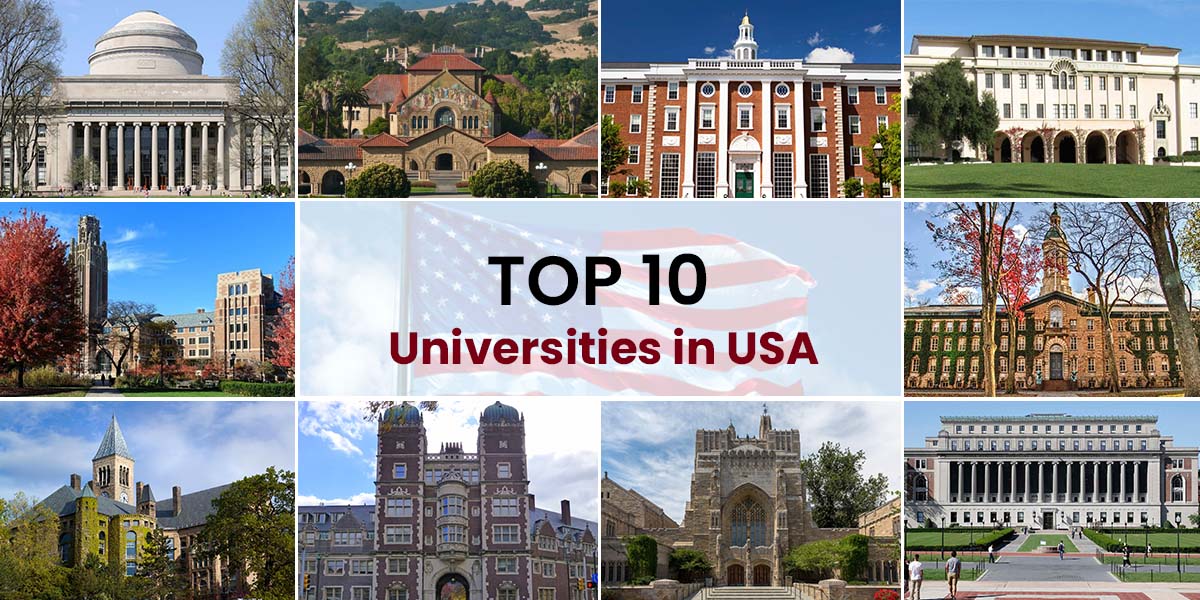The most popular country for overseas students looking to study is the United States. It may only come around once in a lifetime to study in the US. International students are welcome to enroll at any of the top US universities, where they can pursue a top-notch education. This is a list of American universities that accept international students.
-
Harvard College:
Where:
Harvard is situated in Cambridge, Massachusetts, in the United States, directly across Boston’s Charles River. The campus of the institution is spacious and beautiful.
Establishment:
Harvard University was established in 1636, making it the country’s oldest university.
Academic Standing:
Harvard is renowned for its demanding academic programs and is well-acknowledged for its intellectual prowess. It provides a wide variety of graduate and undergraduate programs in many fields.
Teachers:
The university is home to a strong faculty that includes Pulitzer Prize winners, Nobel laureates, and other illustrious academics. The faculty is renowned for its scholarly and research achievements.
Harvard University:
Harvard College is the undergraduate section of the university that provides a liberal arts education. Students have access to a large selection of majors and extracurricular activities.
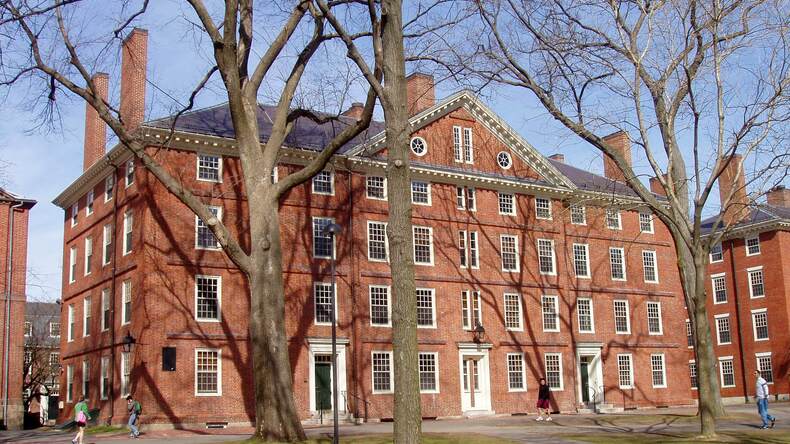
Professional and Graduate Schools:
Harvard is home to a number of professional and graduate schools, including the Harvard Kennedy School, Harvard Business School, Harvard Medical School, and Harvard Law School. In their particular professions, these schools are leaders.
Investigation and Originality:
Harvard leads the way in interdisciplinary research and innovation. The university has been involved in many innovative discoveries and breakthroughs.
Asset:
With one of the biggest endowments of any university in the world, Harvard offers funding for several programs, student assistance, and research.
Impact on Culture and Society:
Harvard has influenced American political, cultural, and intellectual history in a big way. Numerous significant personalities from a variety of sectors, including business, government, science, and the arts, are among its alumni.
Admissions:
Harvard has a low acceptance rate and a very demanding admissions procedure. The institution aims to admit a talented and diverse student group.
-
Technology University of Massachusetts (MIT):
Emphasis on Science and Technology:
MIT is renowned for emphasizing science, engineering, and technology in particular. It is firmly committed to innovative and cutting-edge research.
Courses of Study:
Numerous undergraduate and graduate degrees are available at MIT in a variety of subjects, such as engineering, physics, computer science, biology, economics, and more.
Investigation and Originality:
The university has made a substantial contribution to scientific and technological breakthroughs as well as being a center for innovative research.
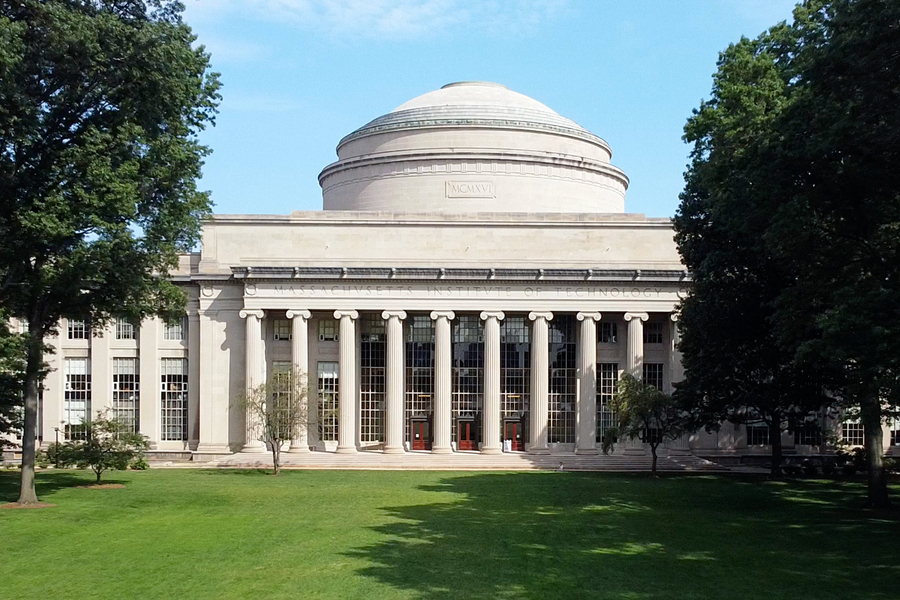
Teachers:
The faculty at MIT is made up of eminent academics and researchers who are authorities in their disciplines.
Campus and Infrastructure:
Modern buildings, labs, and research institutes dot the MIT campus, creating a setting that is ideal for education and creativity.
Innovation and Entrepreneurship:
MIT actively assists teachers and students in transforming their ideas into businesses and practical applications. The university has a strong entrepreneurial culture.
Media Lab at MIT:
MIT’s Media Lab is renowned for its multidisciplinary study in the media arts and sciences that examines cutting-edge technologies and their social effects.
Admissions:
With a very selective admissions procedure, MIT draws bright students from all around the world.
-
Stanford University:
Where:
Stanford’s campus, which spans more than 8,000 acres and offers a gorgeous backdrop for academic and research endeavors, is located in the center of Silicon Valley.
Establishment:
Founded in honor of their son Leland Stanford Jr. in 1885 by U.S. senator and governor of California Leland Stanford and his wife Jane Stanford.
Academic Prominence:
Outstanding academic programs and research in a wide range of fields are hallmarks of Stanford University. It provides graduate and undergraduate courses in a variety of subjects, including business, law, engineering, social sciences, and the humanities.
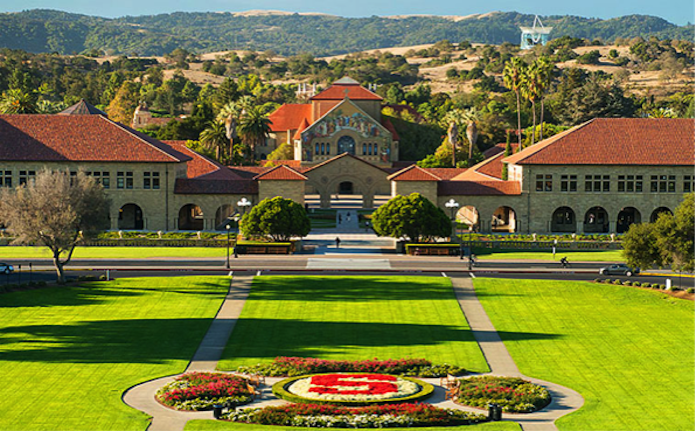
Technology and Engineering:
Stanford is especially well-known for its prowess in the domains of engineering and technology. The university has strong connections to the tech sector and has been instrumental in the growth of Silicon Valley.
Investigation and Originality:
Stanford is a center for innovative and cutting-edge research. It has led to many ground-breaking discoveries and technologies that have greatly advanced a variety of fields.
Teachers:
Distinguished professors at the university include Pulitzer Prize winners, Nobel laureates, and members of prestigious academic associations.
School of Business:
Regarded as a leader in business education, the Stanford Graduate School of Business is well-known for its innovative and entrepreneurial programs.
Law School:
Stanford Law School is renowned for producing significant legal scholars and practitioners and for emphasizing multidisciplinary approaches to legal study.
Humanities and Arts:
The thriving humanities and arts community at Stanford encourages innovation and cross-cultural learning.
Life as a Student:
The student body at Stanford is vibrant and diverse, participating in a broad range of extracurricular activities such as community service, sports, and the arts.
Admissions:
Stanford draws elite students from all around the world due to its demanding admissions procedure.
-
Caltech, the California Institute of Technology:
Put Science and Engineering First:
Caltech is well known for emphasizing engineering and science fields. In the domains of computer science, astronomy, chemistry, biology, and physics, it enjoys a solid reputation.
Establishment:
Throop University was founded in 1891 as a vocational school and changed its name to the California Institute of Technology in 1920.
Superior Research:
One of the top universities for scientific innovation and research is Caltech. The university has contributed to several important discoveries and technological developments, such as the discovery of new chemical elements and the creation of important technologies.
JPL, or the Jet Propulsion Laboratory:
NASA’s Jet Propulsion Laboratory, a federally financed research and development facility essential to planetary science and space exploration, is overseen by Caltech.
Winners of the Nobel Prize:
Nobel laureates have historically come from Caltech, especially in the physics and chemistry departments.

Low Enrollment Rate:
Caltech is renowned for its tiny student body, which promotes intimate relationships between instructors and students. This makes it possible for a small-group, collaborative learning environment.
Multidisciplinary Study:
The institution supports multidisciplinary research because it fosters departmental collaboration and encourages an all-encompassing approach to problem-solving.
MIT Enterprise Forum at Caltech:
The tech industry owes much to Caltech, and innovation and entrepreneurship are fostered by the Caltech/MIT Enterprise Forum.
Division Structure:
The Division of Biology and Biological Engineering, the Division of Chemistry and Chemical Engineering, the Division of Engineering and Applied Science, and the Division of Physics, Mathematics, and Astronomy are examples of Caltech’s divisional system, which replaces traditional academic departments.
Admissions:
Caltech draws elite students with a strong emphasis on STEM (science, technology, engineering, and mathematics) fields because of its extremely demanding admissions procedure.
-
Princeton University:
Establishment:
The College of New Jersey, which was founded in 1746, changed its name to Princeton University in 1896.
Academic Prominence:
Princeton is well-known for its undergraduate programs and for its steadfast dedication to academic excellence. The institution provides a large selection of graduate and undergraduate courses in a number of subject areas.
Ivy League:
As one of eight private universities renowned for their intellectual prowess and historical relevance, Princeton is a member of the Ivy League.
Social Sciences and Humanities:
Although Princeton excels in many academic fields, its reputation is strongest in the humanities and social sciences. The emphasis on public policy and international relations at the Woodrow Wilson School of Public and International Affairs makes it noteworthy.
Wilson University:
Princeton’s unique selling point is its residential college structure. Students receive academic and social assistance from a residential college that they are linked with, which helps to create a sense of community.
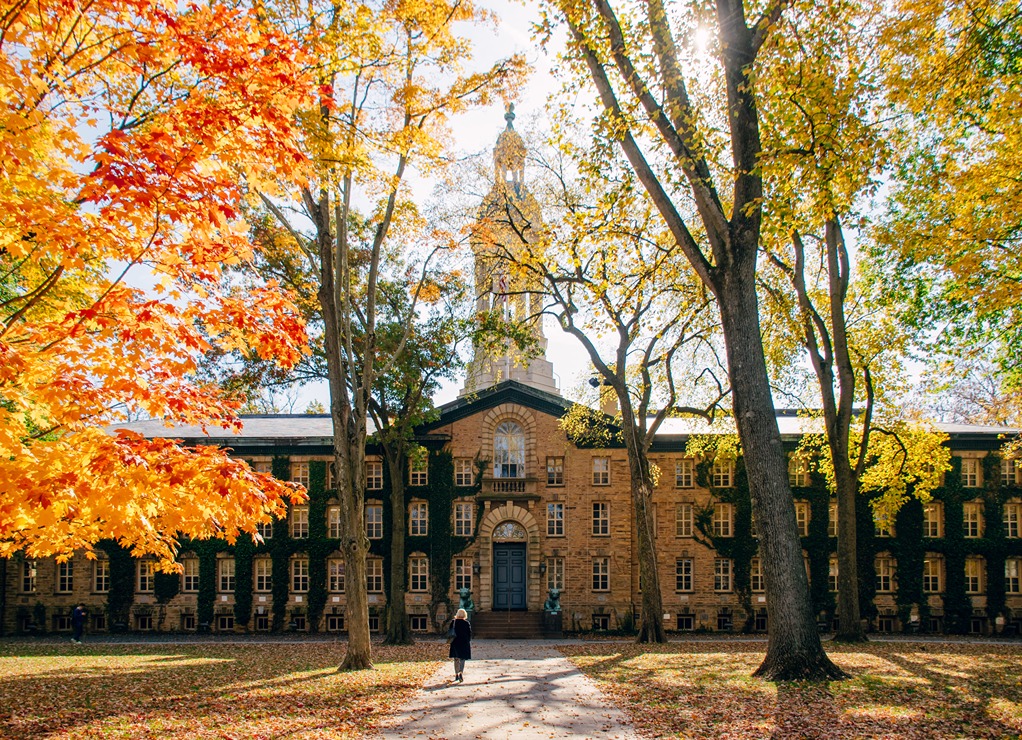
Prospects for Research:
As a research-heavy university, Princeton offers a wide range of disciplinary research possibilities to its students.
Postgraduate Institution:
Princeton’s Graduate School grants graduate degrees in a variety of subjects. The university is home to several well regarded graduate programs.
Buildings:
The campus of Princeton University is renowned for its exquisite architecture, which includes the famous Nassau Hall that was built in the eighteenth century.
Admissions:
Princeton draws elite students from all over the world with its difficult admissions procedure. The institution admits students without regard to need and provides for all of their proven financial needs.
Former Students:
Princeton boasts an esteemed network of former students that includes Pulitzer Prize winners, Nobel laureates, and important figures in a variety of professions.
-
Chicago University:
Where:
The Hyde Park area of Chicago, Illinois, USA is home to the University of Chicago.
Establishment:
John D. Rockefeller created it in 1890, and in 1891 it was organized as the University of Chicago.
Academic Prominence:
The University of Chicago is renowned for its demanding academic programs that place a major focus on interdisciplinary studies and critical thinking.
Winners of the Nobel Prize:
Among the university’s faculty and alumni are a noteworthy number of Nobel laureates. It has significantly advanced a number of disciplines, such as physics, literature, and economics.
Fundamental Curriculum:
The University of Chicago is well-known for its Core Curriculum, a collection of obligatory courses in the social sciences, natural sciences, and humanities that are meant to give students a well-rounded education.
Department of Economics:
The university’s Department of Economics is especially well-known and has shaped economic theory.
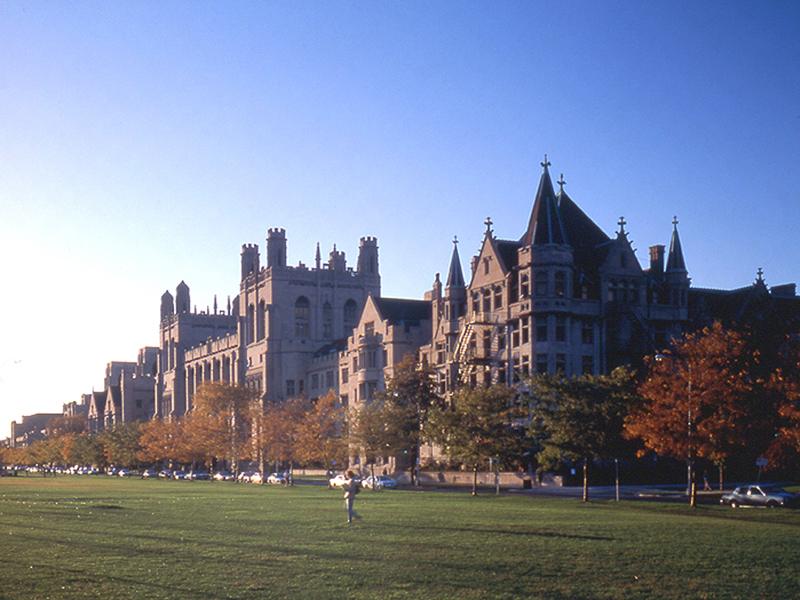
Prospects for Research:
The university places a strong emphasis on research, and both on and off campus, students can choose from a variety of research possibilities.
Business School at Booth:
The highly esteemed University of Chicago Booth School of Business is well-known for its MBA programs and contributions to business and economics research.
Legal Education:
The Law School is renowned for its esteemed teachers and outstanding academic performance.
Cultural Influence:
The Oriental Institute, which specializes in the study of the ancient Middle East, is housed at the university, which has had a major influence on academic and cultural life.
Campus in the City:
Due to the University of Chicago’s campus’s integration with the city, students can take advantage of a variety of possibilities in a bustling metropolitan setting, including cultural events and internships.
Admissions:
The university draws top achievers because of its prestigious selective admissions procedure.
